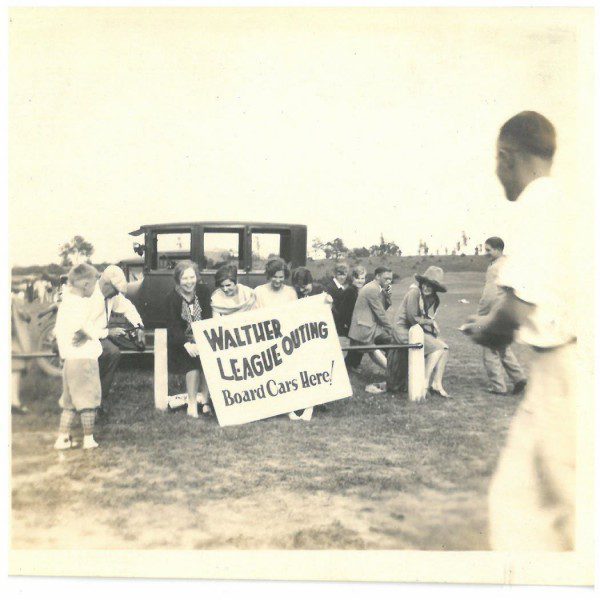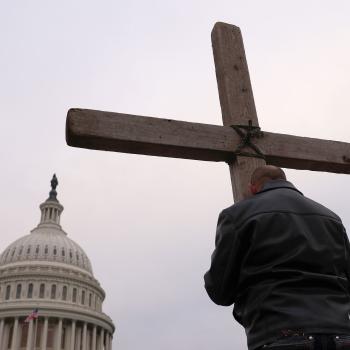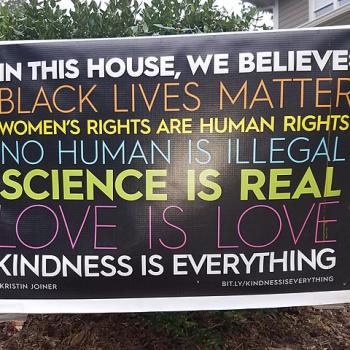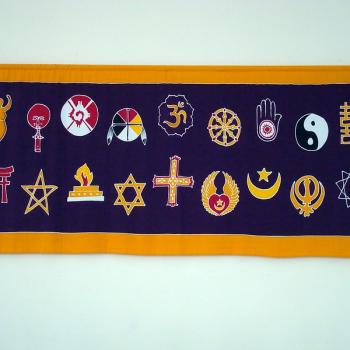He distinguishes between “embedded religion” and “movement religion.”
“Embedded religion” is a faith you were more or less born into. It is associated with particular regions and ethnic groups. Embedded religions have their own subculture and inculcate a particular identity.
He gives the example of his own growing up as a Catholic in the 1950s in the ethnic neighborhoods of Cleveland. He attended a parochial school, taught by no-nonsense nuns, went to Saturday afternoon confession, and the life of his family pretty much revolved around church.
Other embedded religions would be Southern Baptists in the southern United States. Mormons in Utah. Hasidic Jews in New York City.
And, yes, Lutherans in the midwest. I know church members who still recall fondly their German-American communities with the church and school at the center, socializing at the Walther League, where they met their spouse.
The fashion has been to minimize that kind of “cultural religion,” something to react against and try to escape. But Woodward values and defends embedded religions. This is authentic faith, he says, creating influences that go deep and that last for a lifetime.
“Movement religion,” by contrast, is all about personal commitment, intense experiences, and dynamic change. In Catholicism, the liturgical reform movement, the ecumenical movement, the modernist movement were all ratified by Vatican II, but the Catholic subculture Woodward grew up with ceased to exist.
Mainline Protestantism was transformed by the Civil Rights Movement, then the Anti-War Movement, the feminist movement, the gay rights movement, etc., etc. But its embrace of leftist politics led to the mass exodus of its members and the loss of its status as America’s religious establishment.
Conservative Protestants also had their movements, which shot them ahead of their liberal counterparts: the Evangelical movement, the Charismatic movement, the Church Growth movement, etc. Many Christians and congregations today are all movement, which means they are always changing their affiliations and ways of being Christian. (I’ll discuss what these movements did to conservative church bodies, including the LCMS, in a later post.)
Woodward’s point is that the movements are often good and revitalizing. But they come at the cost of undermining, if not destroying, the “embeddedness” of a church.
My sense is that Rod Dreher’s “Benedict Option”–another book I have that I’m anxious to review–is an attempt to re-embed Christian churches, recovering church culture in a sense of place and a distinct identity.
To what extent is Christianity “embedded” today? Are any of you involved with an “embedded” religion, or have those all been changed beyond recognition?
Photo: International Walther League Convention, Milwaukee, 1928, Concordia Historical Institute. Public Domain
 I’ve been reading Kenneth L. Woodward’s Getting Religion: Faith, Culture, and Politics from the Age of Eisenhower to the Era of Obama. I’ll be publishing a review of it for the Concordia Historical Institute Journal. Woodward was the religion editor of Newsweek for nearly four decades before his retirement, an old-school journalist who is widely respected from all sides. He treats the developments in American religion since the end of World War II as a historian but also as a first hand witness who came to know many of the players and covered the key stories of that tumultuous period.
I’ve been reading Kenneth L. Woodward’s Getting Religion: Faith, Culture, and Politics from the Age of Eisenhower to the Era of Obama. I’ll be publishing a review of it for the Concordia Historical Institute Journal. Woodward was the religion editor of Newsweek for nearly four decades before his retirement, an old-school journalist who is widely respected from all sides. He treats the developments in American religion since the end of World War II as a historian but also as a first hand witness who came to know many of the players and covered the key stories of that tumultuous period.















